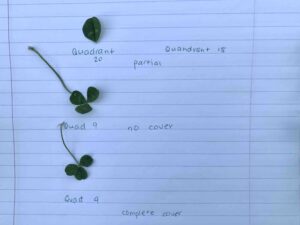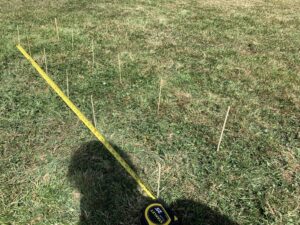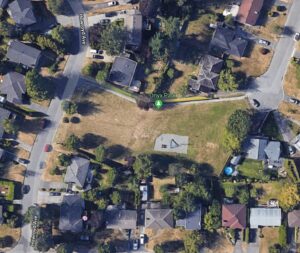User: | Open Learning Faculty Member:
The fieldwork this class has allowed me to perform was very engaging and motivating in my biology undergrad journey. I very much enjoyed applicating of all this theory on field research and biological work that I have been studying and fantasizing about. Conducting my own study was a challenge on its own as it was the first time I had ever done a full project of this sort fully by myself. I loved the freedom of choice we had in the beginning as t what we would be studying. This freedom of choice actually made it challenging as with my very limited experience in research, I had a few flaws in my initial plans. Per example, my first ideas were way too grandiose and hopeful. I quickly understood the extent of the work necessary to drive research in the field. What I loved about this, is that it motivated me for future potential larger-scale studies in my career instead of simply discouraging me. I lowered the scale of my research here in order to create quality work but I simply cannot wait to participate in larger, more important work. Another flaw my initial plan had was the lack of a control in my idea of assessing the gradient in flower abundance. I have greatly learned from this experience and as I said cannot wait or te next. I greatly appreciated the systematic way ecological work is done. I believe that to understand such an intricate system that is a community or an ecosystem, empirical work is necessary to formulate a more informed guess as to what is really going on. I think the scientific method is a great way to understand greater scheme problems and ecology showed me a fun way to systematically work on a system as complicated as a field full of seemingly random flowers. I love finding patterns!




